[/caption]
As we wait (impatiently) for the Hubble Space Telescope to return to action following its repair and updating by the STS-125 astronauts, it is easy to think about how Hubble has impacted society. Hubble has become a household name, bringing astronomy to the masses with its dramatic images of the cosmos. It has also changed our understanding of the universe. But there’s more ways that HST has impacted the world. Various technologies developed for the famous orbiting telescope have helped create or improve several different medical and and scientific tools. Here are five technology spinoffs from Hubble:
Micro-Endoscope for Medical Diagnosis:
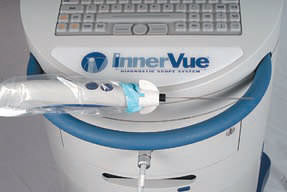
The same technology that enhances HST’s images are now helping physicians perform micro-invasive arthroscopic surgery with more accurate diagnoses. Hubble technology helped improve the micro-endoscope, a surgical tool that enables surgeons to view what is happening inside the body on a screen, eliminating the need for a more invasive diagnostic procedure. This saves time, money and lessens the discomfort patients experience.
CCDs Enable Clearer, More Efficient Biopsies
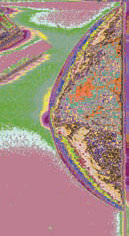
Charge coupled devices (CCDs) used on the HST to convert light into electronic files—such as a distant star’s light directly into digital images—have been adapted to improve imaging and optics here on Earth. When scientists realized that existing CCD technology could not meet scientific requirements for the Hubble’s needs, NASA worked with an industry partner to develop a new, more advanced CCD. The industry partner then applied many of the NASA-driven enhancements to the manufacture of CCDs for digital mammography biopsy techniques, using CCDs to image breast tissue more clearly and efficiently. This allows doctors to analyze the tissue by stereotactic biopsy, which requires a needle rather than surgery.
Mirror Technology Increases Semiconductor Productivity, Performance
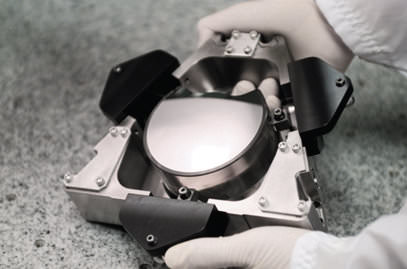
The semiconductor industry has benefitted from the ultra-precise mirror technology that gives the HST its full optical vision and telescopic power. This technological contribution helped improve optics manufacturing in microlithography—a method for printing tiny circuitry, such as in computer chips. The system uses molecular films that absorb and scatter incoming light, enabling superior precision and, consequently, higher productivity and better performance. This translates into better-made and potentially less costly computer circuitry and semiconductors.
Software Enhances Other Observatories
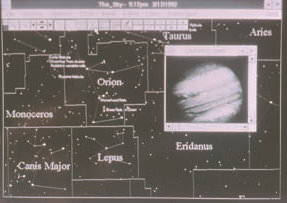
With the help of a software suite created by a NASA industry partner in 1995, students and astronomers were able to operate a telescope at the Mount Wilson Observatory Institute via the Internet. The software is still widely in use for various astronomy applications; using the CCD technology, the software locates, identifies, and acquires images of deep sky objects, allowing a user to control computer-driven telescopes and CCD cameras.
Optics Tool Sharpens Record-Breaking Ice Skates
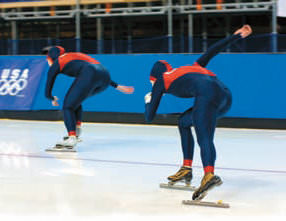
Current Olympic record-holding speed skater Chris Witty raced her way to a gold medal in the 1,000-meter at the 2002 Salt Lake City Winter Olympics. Witty and other American short- and long-track speed skaters used a blade-sharpening tool designed with the help of NASA Goddard Space Flight Center and technology from HST. NASA had met with the U.S. Olympic Committee and helped to develop a new tool for sharpening speed skates, inspired by principles used to create optics for the HST. Speed skates sharpened with this new instrument demonstrated a marked improvement over conventionally sharpened skates.
More information on other NASA Spinoffs.

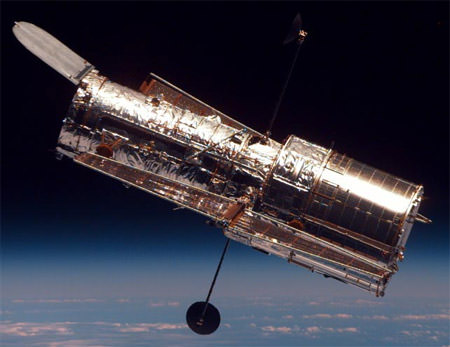
These spinoffs are nice and I am all for them but seriously, the HST needs no justification other than it’s output. Never before has astronomy benefited so much from a single instrument before and I doubt seriously if it ever will again. I am so glad the servicing mission went well!
THAT’s what I’m talking about! HO! Cant wait to see what up next from Hubble!
They should show THIS to those crummy critics of the space program. And to the general public ofcourse.
On the CCD front, several prototype cameras for Hubble are still in use at several major observatories (I’m thinking large-scale NIR CCD arrays) and numerous software routines to analyze CCD images are in use in fields far beyond astronomy.
These kind of enhancements here on earth are another great reason to continue to explore in space!